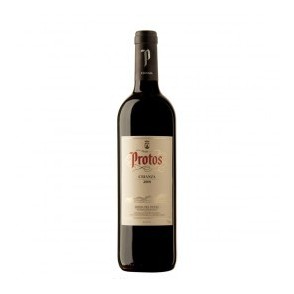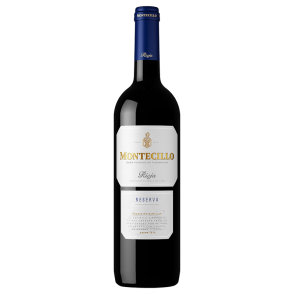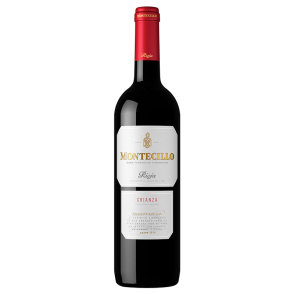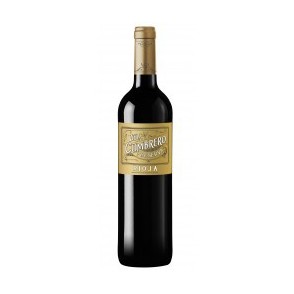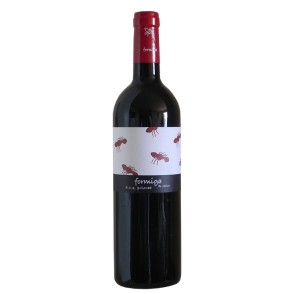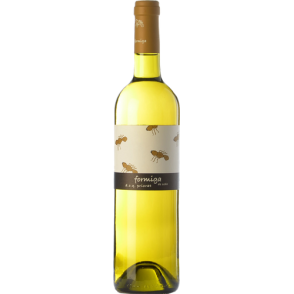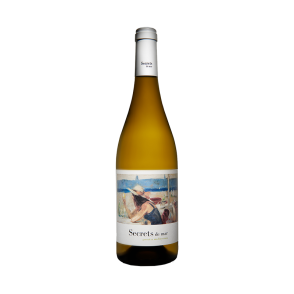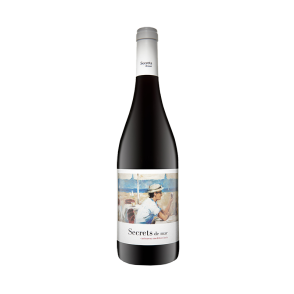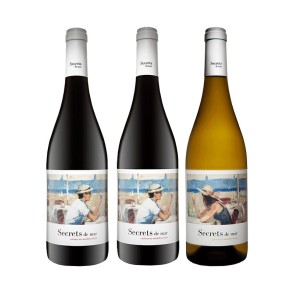Wines
You can find white, rosé, red, fortified, and sparkling wines from the Designation of Origin, with which you can enjoy a whole world of sensations.
Learn to read the wine label
Below, we present the most important information that is usually included on wine bottle labels. Some data are mandatory by law, while others are optional:
Brand or trade name of the wine. It appears prominently and is the name by which that specific wine is commonly recognized.
Designation of origin to which it belongs. If the wine belongs to an official qualified designation of origin, it is mandatory to identify it on the label. The inclusion of the bottle number is mandatory. It is the Regulatory Council of the corresponding Designation of Origin that is responsible for issuing the labels based on the number of bottles allowed for each winery.
Origin. It must indicate where the grapes come from.
Vintage or year of grape harvest. The year printed on the wine bottle label is the year in which the majority of the grapes used to make that wine were harvested, as explained in the post "Curiosities about wine."
Name of the winery and name of the packer/bottler, if different, as in some cases they coincide and in others they do not. It shows the main data about the packer or the winery responsible for the wine: name, registration, location, etc.
Importer, if applicable.
Grape variety. Indicates the type of grape used in its production since each one has its own specific characteristics, mostly determined by its place of origin and climatology of the area.
Alcohol content. Displays the percentage of alcohol contained in the wine and, therefore, allows you to discover its body and other qualities.
Amount of liquid in the bottle. Normally this data is expressed in milliliters or centiliters.
Presence of allergens.
The back label also usually contains very interesting information such as a tasting note, pairing suggestions, or wine aging period, for example.


